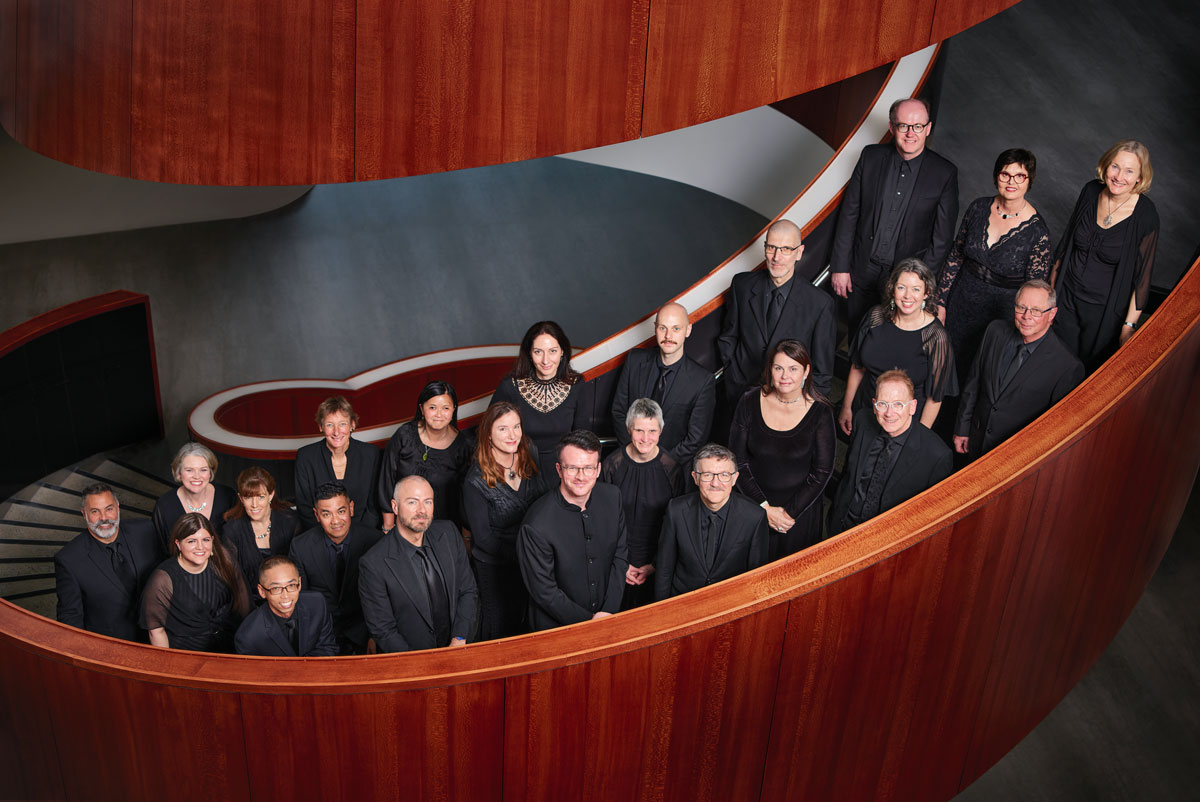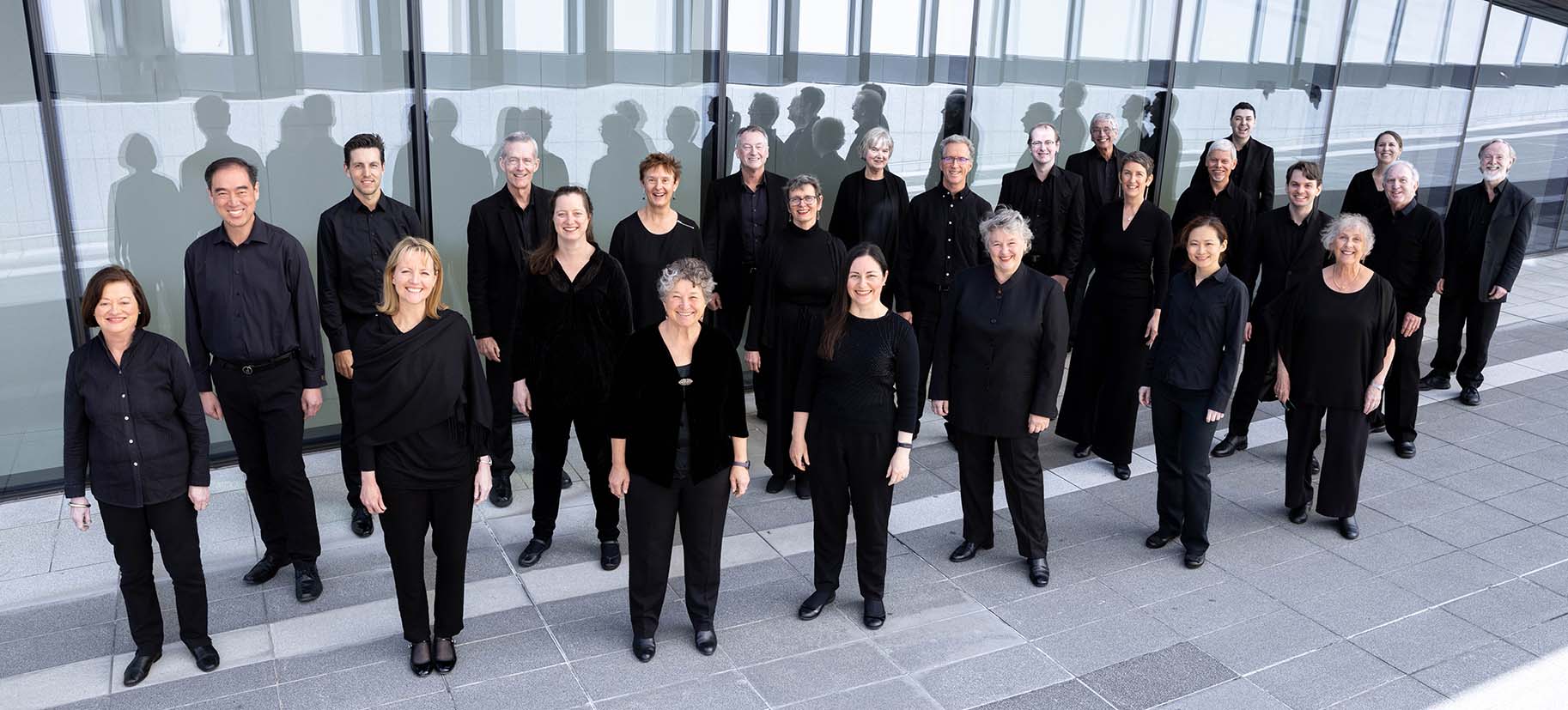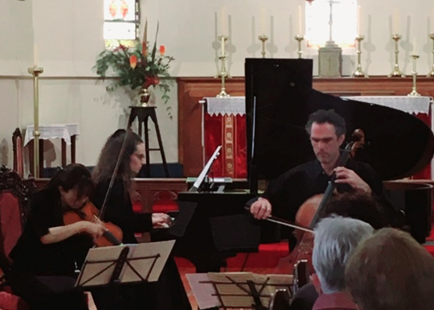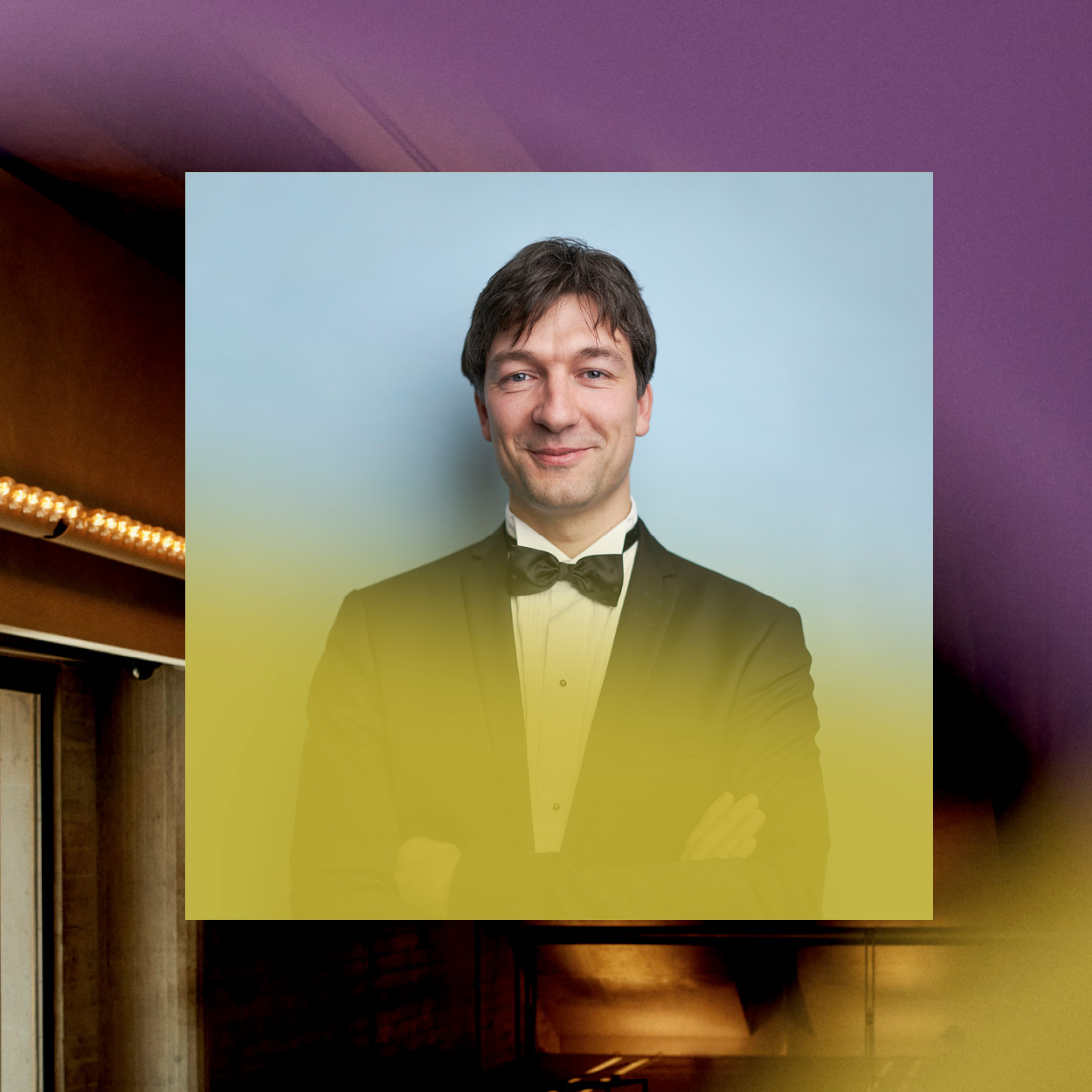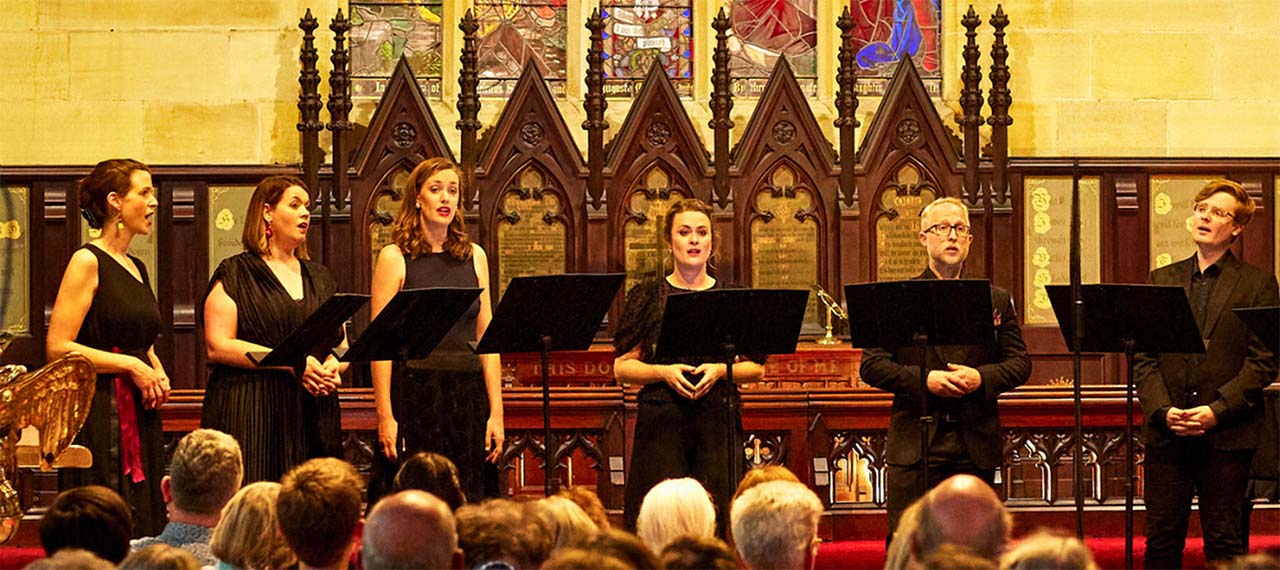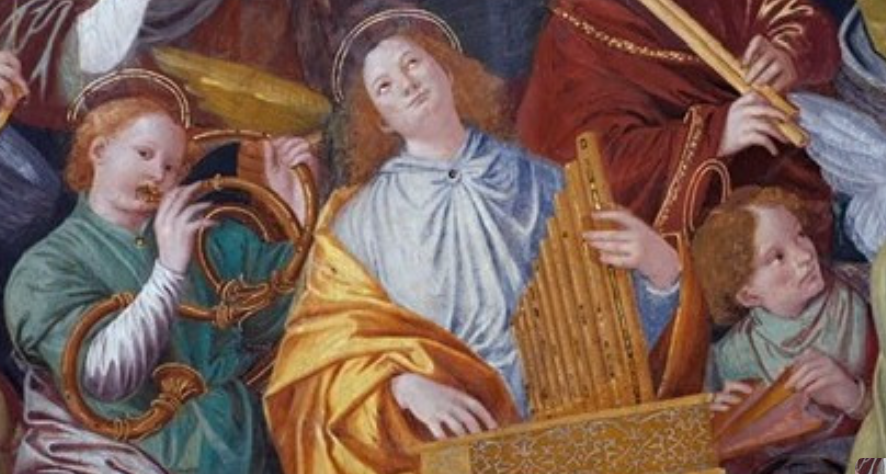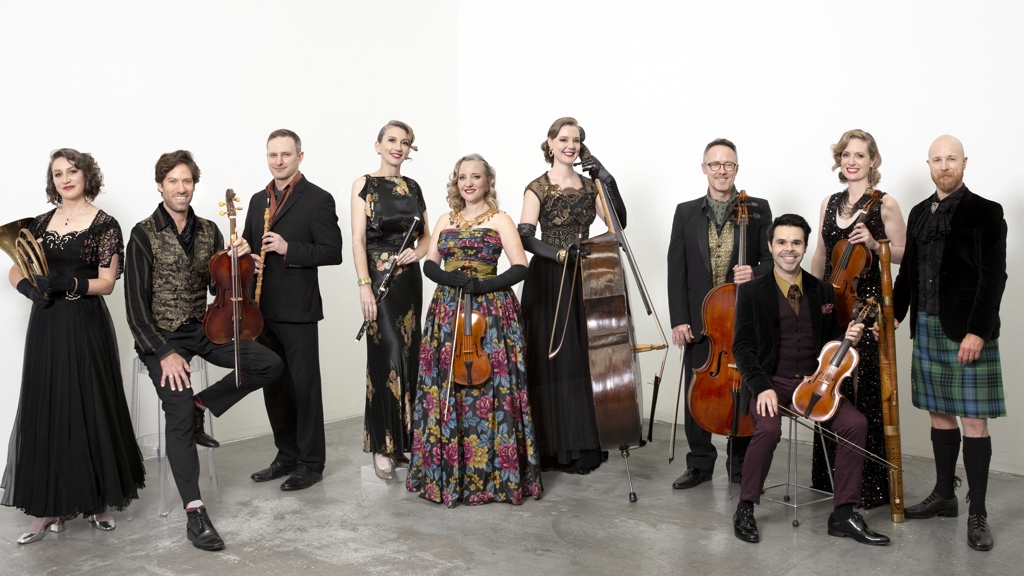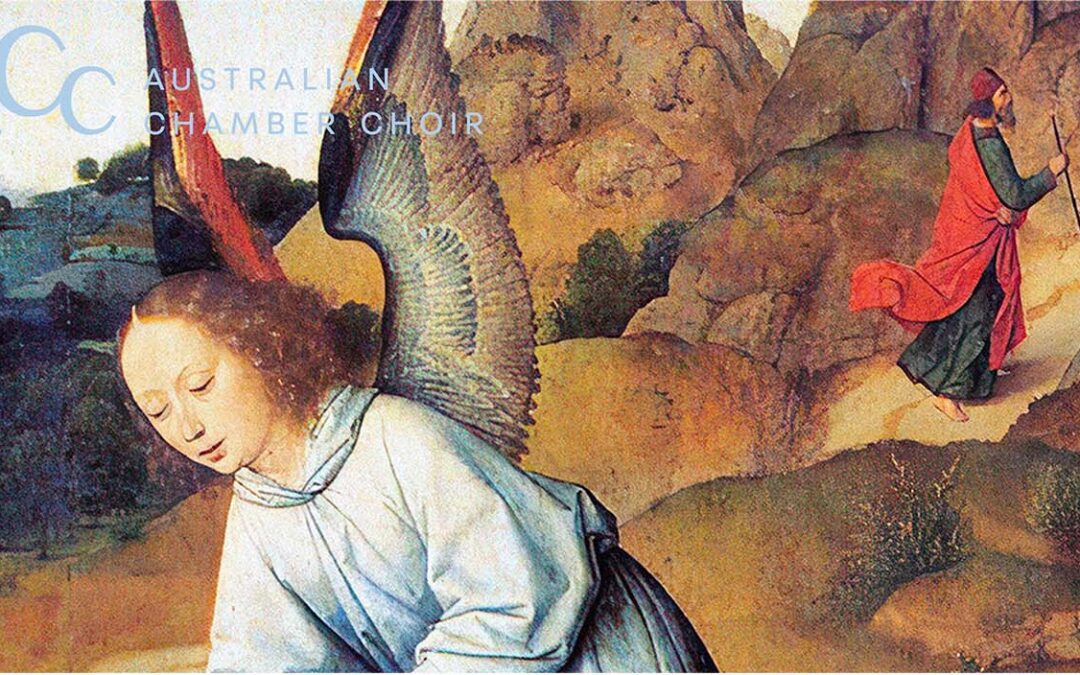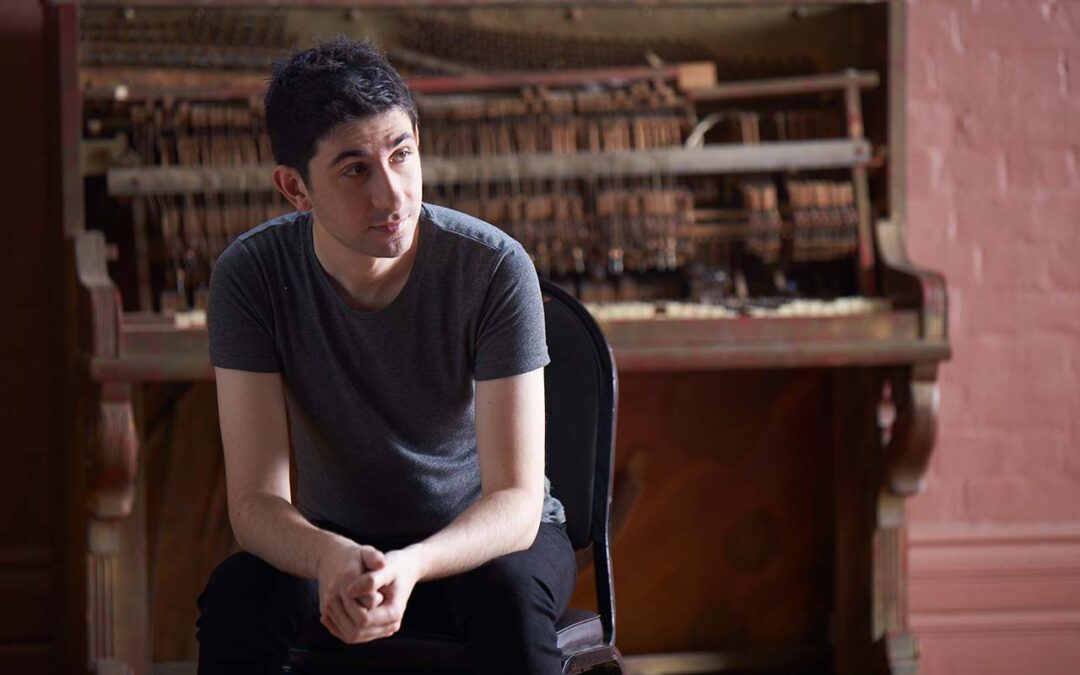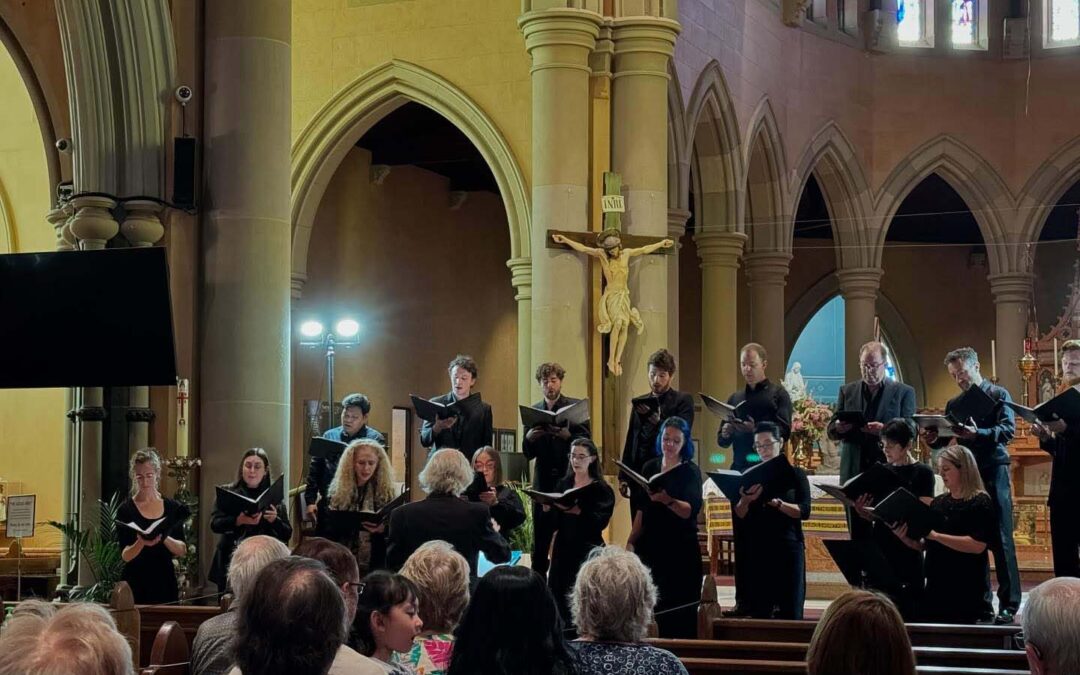The Muses’ Delight | Messengers for Elegant Society
Wednesday, 25 May, 2022, Primrose Potter Salon, Melbourne Recital Centre
Presented by Melbourne Recital Centre and The Muses’ Delight
The Muses’ Delight (Meredith Beardmore – flute, Lizzy Welsh – violin, Edwina Cordingley – violoncello, and Donald Nicolson – harpsichord) eloquently describe themselves as “musical explorers who open a window to the past, illuminating historic works that still spark wonder today, centuries after they were first performed,” and rationalise the group’s name thus: “Composers and artists from the 17th and 18th centuries were inspired by the ancient Greek and Roman gods, and our name is a nod to this tradition. However, we dedicate our name to the women in this mythology, the nine muses, and in particular, Euterpe, the muse of music and whose name literally translates as the ‘giver of much delight.’” And it was certainly a superlative ‘delight’ to experience the artistic prowess of this not only highly skilled and omniscient musical formation, but also extremely passionate assemblage of dedicated individuals. To experience the benevolent qualities of the human spirit is always immensely rewarding.
Curious about the specific background of the sonic beauty of the night I make some enquiries and ascertain that Meredith Beardmore’s flute is a boxwood replica (made in 2009 by German flute maker Martin Wenner) of a one-keyed model by G.A. Rottenburgh (a mid-18th century maker from Brussels), and that both Lizzy Welsh and Edwina Cordingley play on gut strings and utilise period appropriate bows. As I delve deeper into the matter, to my delight, I also find out that Donald Nicolson’s harpsichord (a double manual harpsichord made by renowned Australian harpsichord builder Alistair McAllister) was tuned on the night by Alistair himself to the historical 18th century temperament of Vallotti at a lower Baroque pitch of A = 415 Hz. And this is where the beauty of the performance reveals its inner layer of complexity, because as Meredith explains: “Anything that isn’t equal temperament means that the different keys and harmonic combination take on very different colours. My flute, for instance, is not homogenous across the range and some keys (particularly those with cross fingerings like G minor) take on a completely different character.” The interesting aspect of the current method we use to tune instruments in the West is that the method of ‘equal temperament’ or the tuning system that approximates just intervals by dividing an octave into equal steps is actually technically out of tune. In fact, Harry Partch (1901-1974) – American composer, music theorist, and creator of musical instruments (and one of the first 20th-century composers in the West to work systematically with microtonal scales) – in Monoliths in Music (1966), published as part of Bitter Music: Collected Journals, Essays, Introductions, and Librettos (2000) writes: “When we force acoustic intervals into the octave, or x octaves, we falsify every interval involved, we effectively close all doors to any further adventures of consonance, and also amazingly, we close all doors to any meaningful adventures in dissonance.” In other words, the resulting system produces relationships between notes with beats between the notes or their harmonics, and so does not conform to the natural phenomena of the harmonic (or overtone) series and effectively compromises the pure intervals of just intonation. The twelve-tone equally-tempered division of the octave – accredited to Prince Chu Tsai-yü, “a sixth-generation descendant of Hung Hsi, the fourth emperor of the Ming dynasty,” who in his 1584 treatise entitled A New Account of the Science of the Pitch Pipes presented the string lengths for twelve-tone equal temperament – is the division of the octave into twelve equal intervals, technically referred to as tempered half-tones; the frequency ratio of each semitone therefore mathematically representing the twelfth root of two, or in different terms, the distance between any two tones representing twelve times the logarithm on the base of two of the frequency ratio. In striking contrast, the frequency ratios for pitches derived from the harmonic series present us with simple ratios such as 1/1, 3/2, and 5/4. But the reason that the system of equal temperament was universally adopted (1688 marking the date for French mathematician Marin Mersenne’s blueprint utilised on an organ tuning by German organ builder Arp Schnitger in Hamburg; the system theoretically consolidated in 1917) is due to the simple fact that Western music ‘was’ traditionally based on a harmonic system of key changes or modulations, and one of the instruments at the centre of it all, the piano – invented by Italian instrument maker Bartolomeo Cristofori (1655-1731) in 1709 – with its fixed standard keyboard, cannot accommodate the countless microtonal inflections required to perform music in just intonation that utilizes the ‘natural’ or ‘pure’ harmonic division of the octave. The ‘just intonation’ music of Harry Partch for example requires 43 unique pitches in the octave, and therefore dedicated and unique instruments being the prerequisite for its performance. Although because of the emphatic perception of equal temperament as being “out of tune and characterless (every key sounds the same)” prior to the 20th century, adjustments of equal temperaments were explored, such as the ‘well-tempered’ system of Vallotti – one the many systems adopted during the Baroque period (1600 to 1750) that would allow the performers to “play music in all major or minor keys that were commonly in use, without sounding perceptibly out of tune. Read more below*

The repertoire for the night included works by two 18th century French luminaries: Jean-Joseph Cassanéa de Mondonville (1711-1772) and Jean-Marie Leclair (1697-1764). Championed at the time by the very influential Mercure gallant (a culturally important French gazette and literary magazine founded by the writer Jean Donneau de Visé in 1672, and then renamed Mercure de France in 1724), Leclair and Mondonville’s eminence thrived at the time, with extensive exposure at The Concert Spirituel at Tuileries Palace (recognised as the birthplace of the concert series). The opening statement was provided by Mondonville’s first offering – the Largo, or first movement from his Trio Sonata in G, Op. 2, No. 3. What struck me from the first utterance was its sensitive and beautiful expression embedded in this distinctly colourful intonation (the Vallotti aspect unknown to me at the time, although my good instinct cognizant of a historical temperament). This music (French Baroque music at its best) is graceful and solemn with an airy light beauty; the elegance of the performance adding substantial weight to the experience. From a compositional point of view, the first two movements are exquisite and brought out the best from the musicians, while the final two, although not striking, certainly served as the necessary contrast and balance of the work. In my opinion, Jean-Marie Leclair’s fails to impress as the magical opening of his Ouverture from his Deuxième Récréation de musique, Op. 8 develops into a protracted seven-movement extravaganza with only hints of creativity that convey an artistic flair that is overall unfortunately predictable. The concert ends with another great work by Mondonville (Trio Sonata in E minor, Op. 2, No. 1). As composer, Mondonville exhibits a beauteous approach to the melodic line, and juxtaposes his gracefully elegant invention with both impressive and captivating orchestration; and the interpretation by The Muses’ Delight of this exhilarating music – electric.
* ”The modern version of the Vallotti temperament presents six fifths tempered by 1⁄6 of a Pythagorean comma (531441/524288, or 23.460), and six perfectly just, while the original narrowed them by only 1⁄6 of a syntonic comma (81/80, or 21.506 cents). The measure of musical intervals (one octave [2/1] equal to 1200 cents) established by Alexander J. Ellis in an appendix to his translation of Hermann von Helmholtz’s monumental work On the Sensations of Tone (1863). The Vallotti temperament presents a good variety of subtle key colour, with great results for the keys of C, F, G and Bb major; and a reasonable one for the rest, apart from C#, E F# and B, which exhibit a major third deficiently approximating a Pythagorean major third, or ditone (81/64, or 407.820) that is actually sharper than both the equally tempered major third (approximately 63/50, or 400.000 cents) and the just major third, or 5th harmonic (5/4, or 386.314 cents).
For more on this fascinating subject see ‘An Introduction to Historical Tunings’ by Kyle Gann: https://www.kylegann.com/histune.html





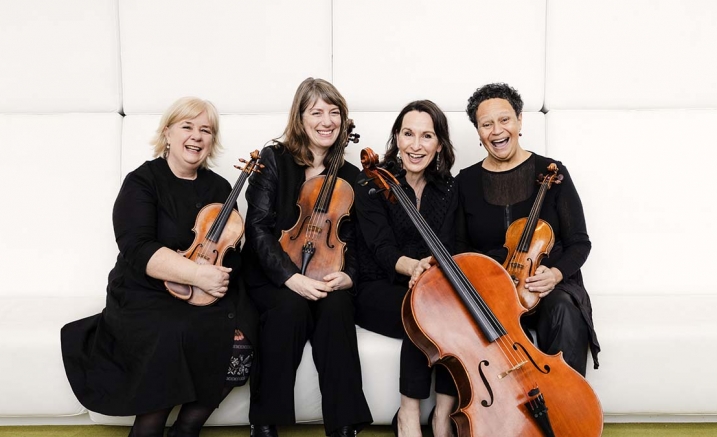



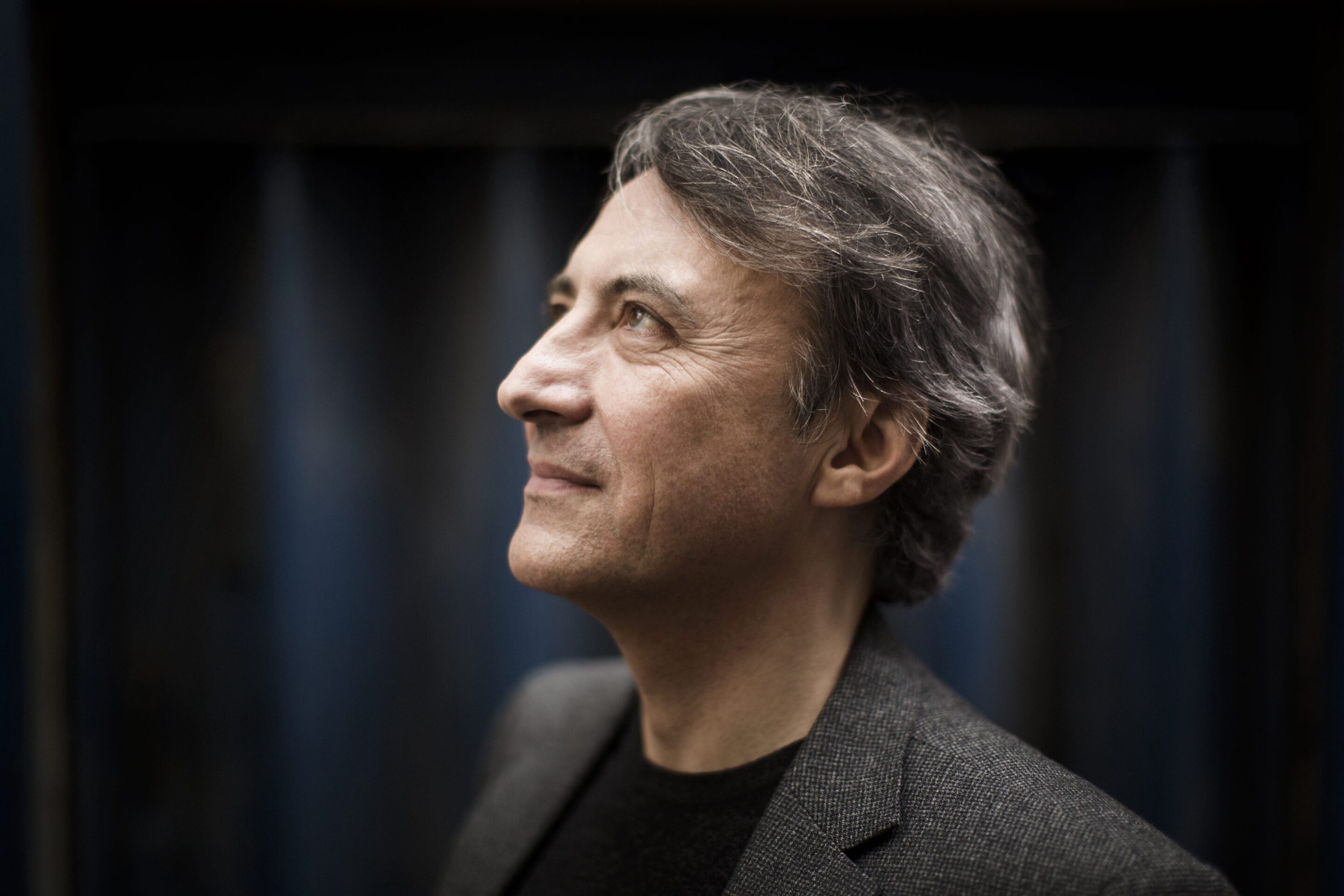

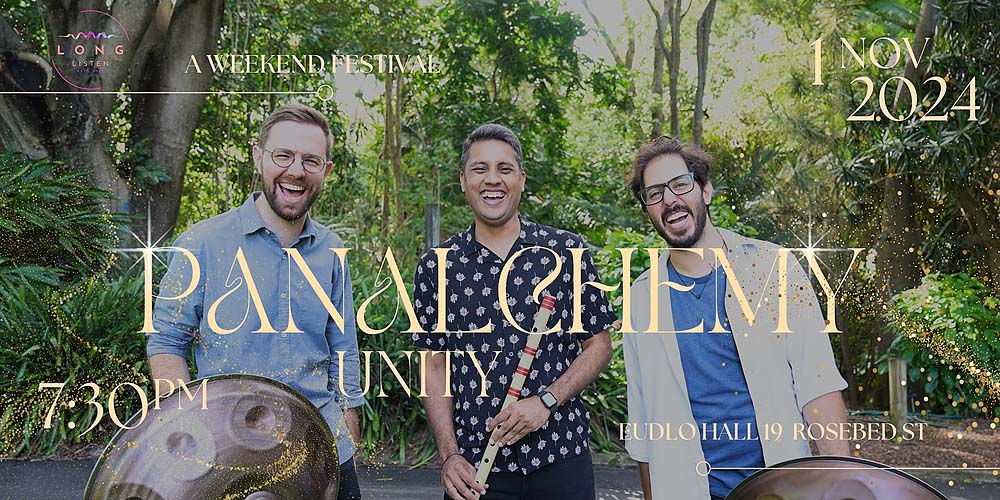

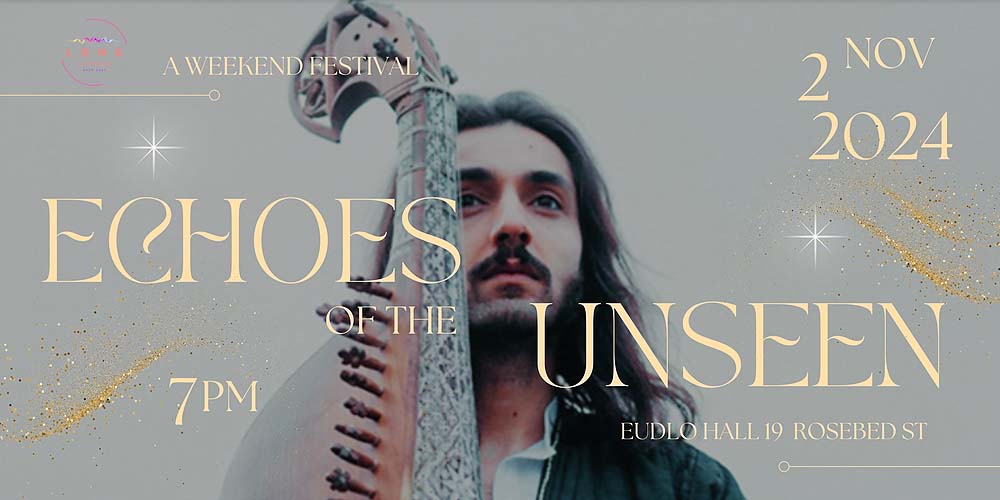
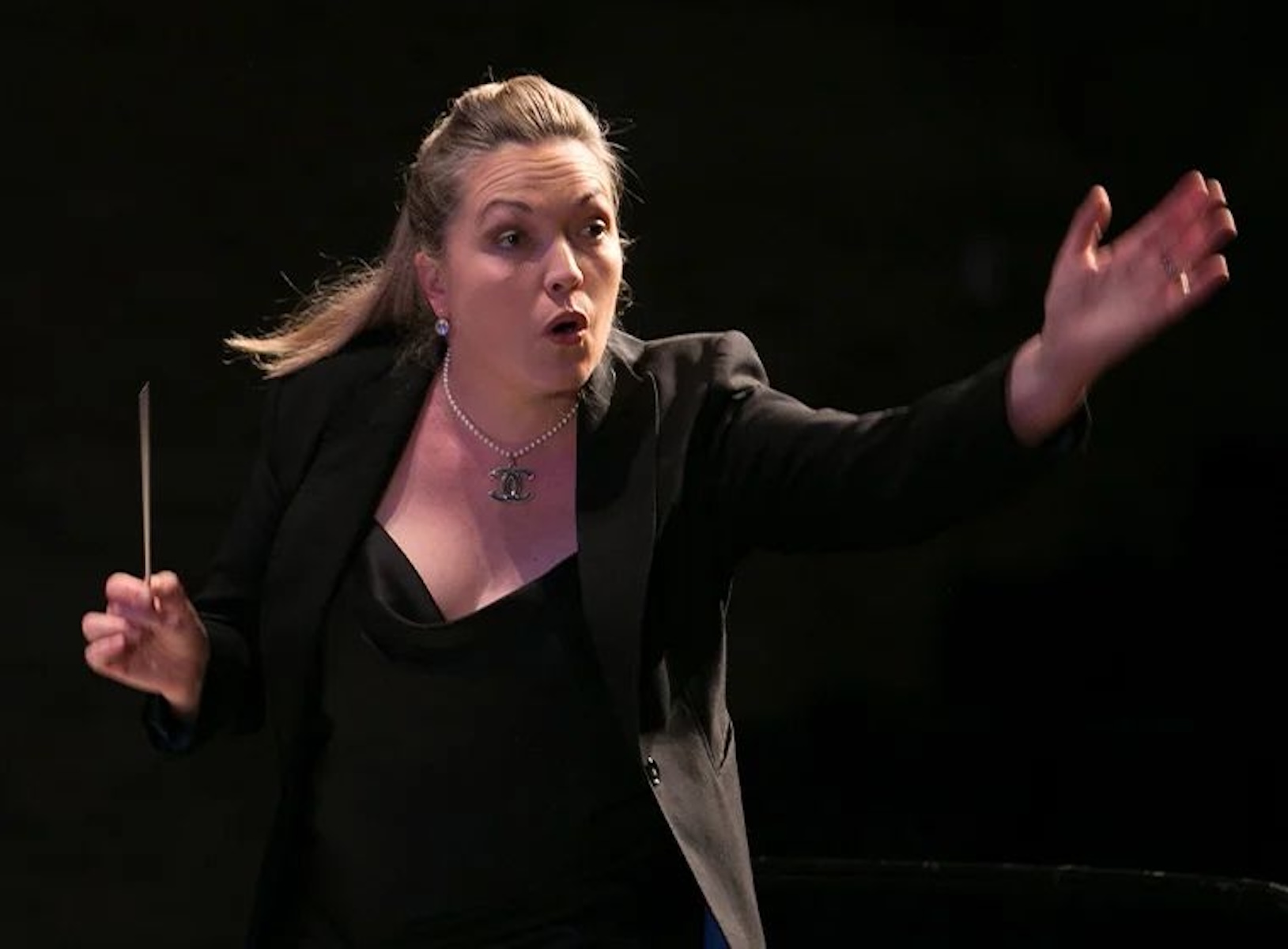
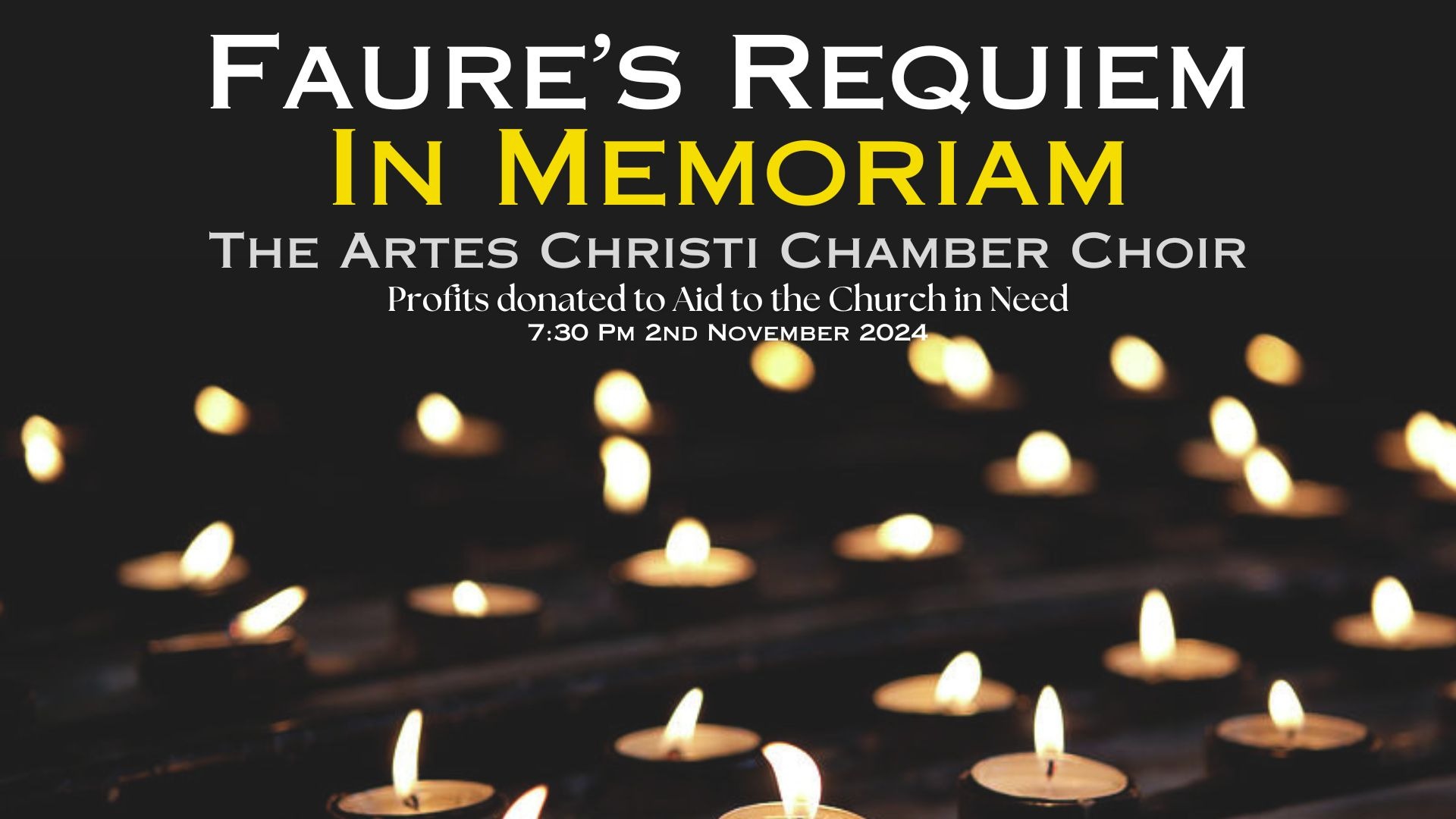
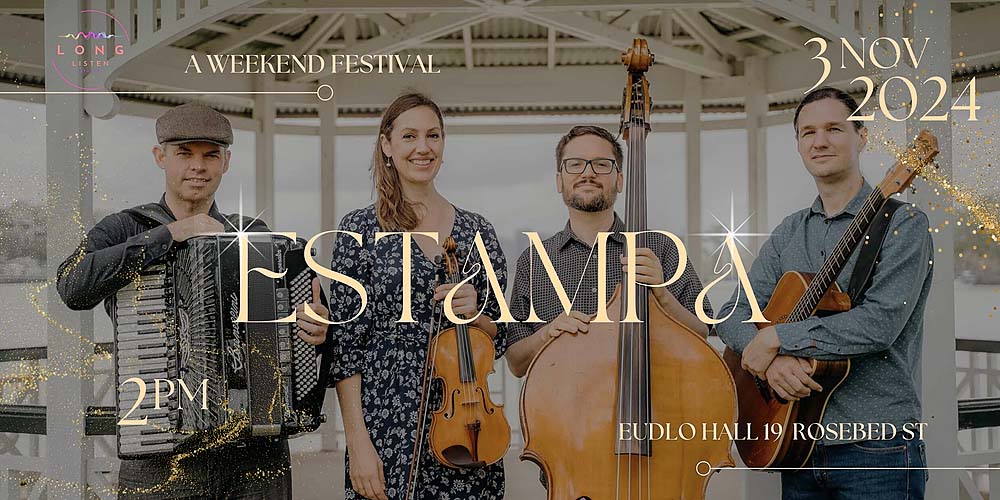





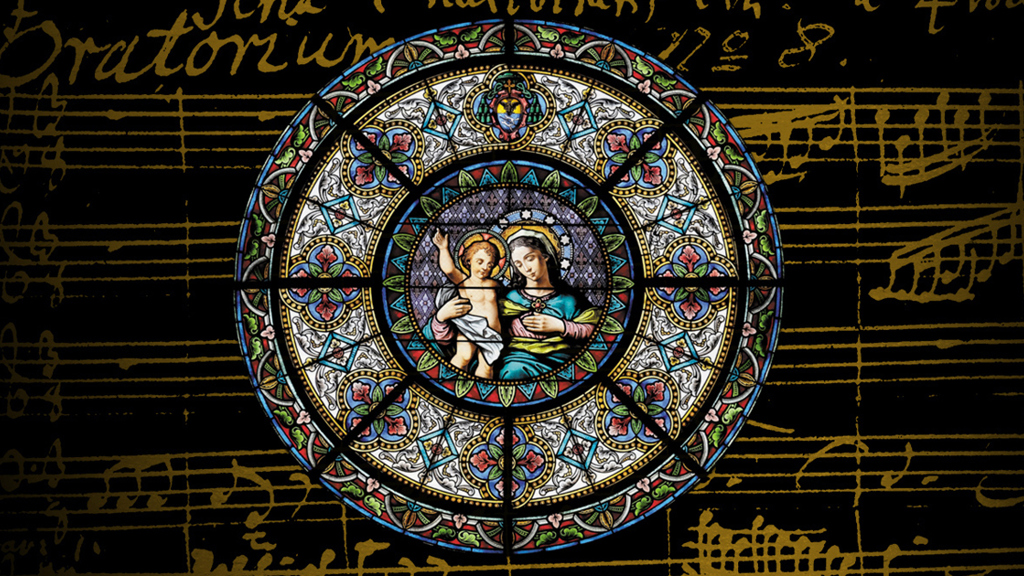
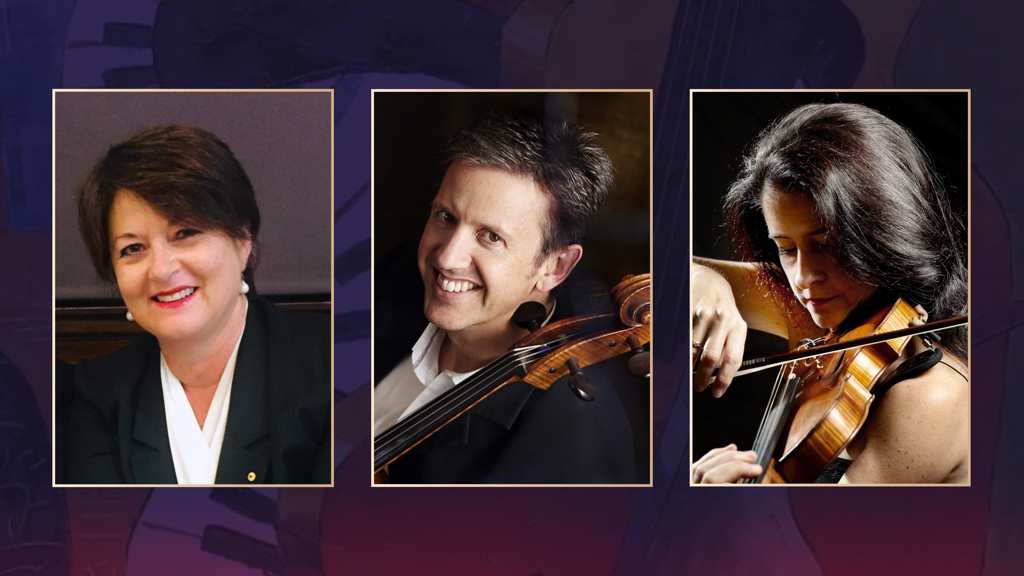

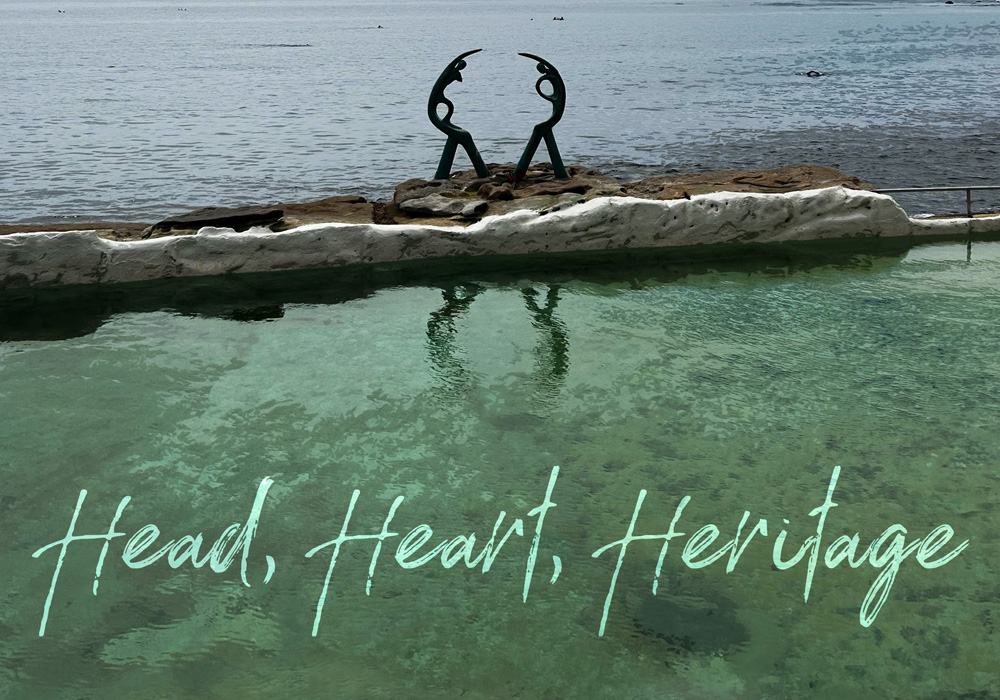
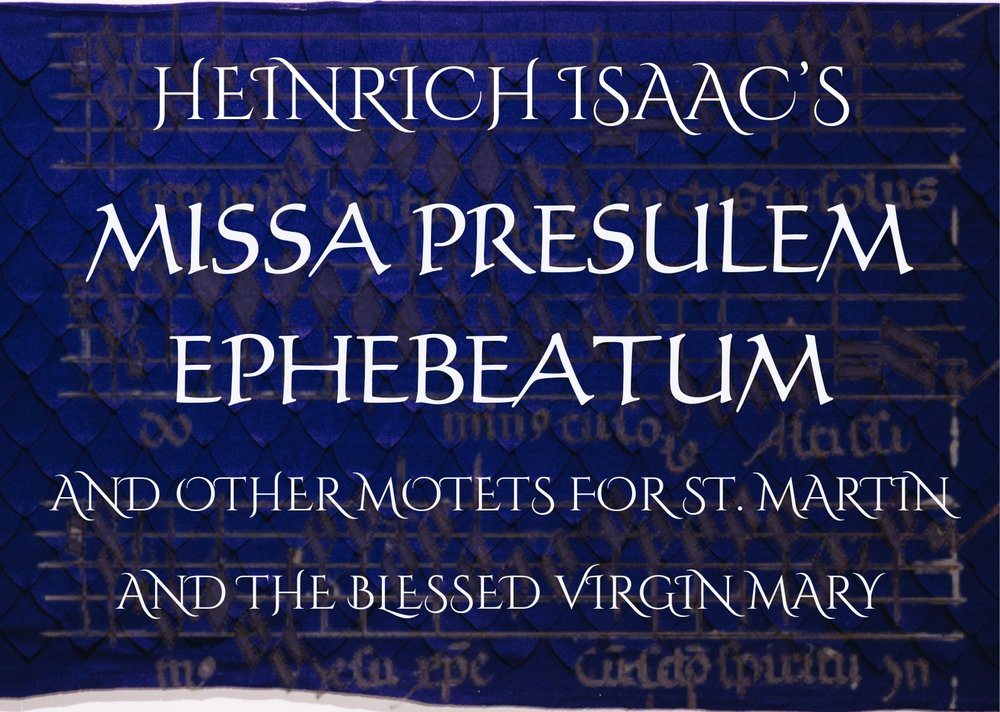

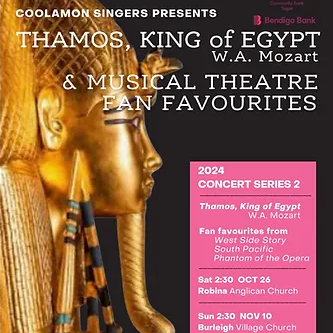
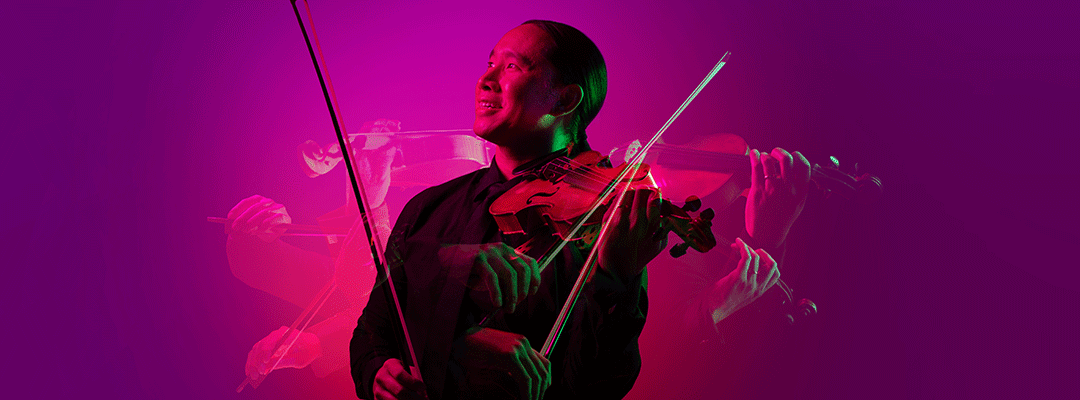


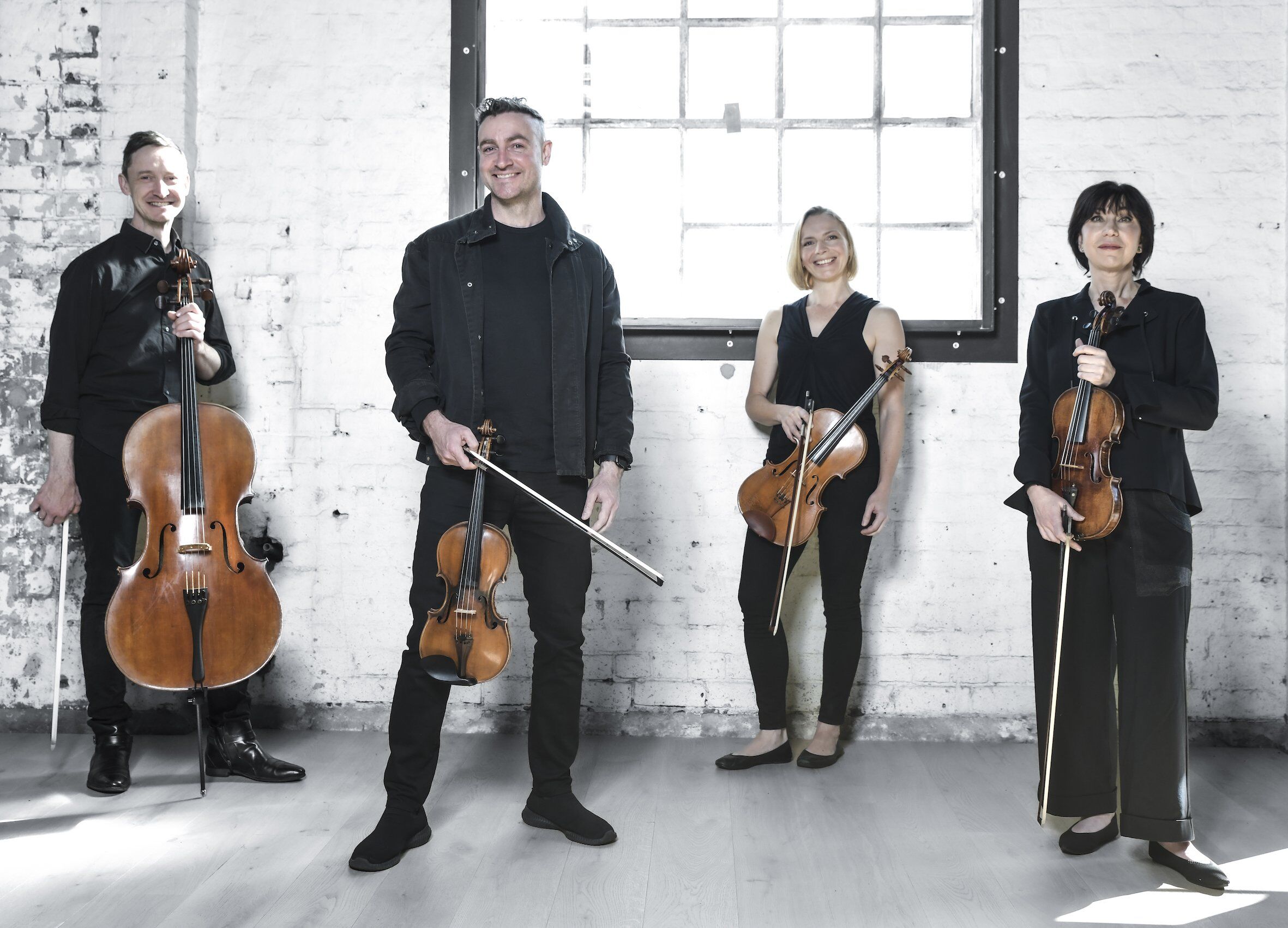

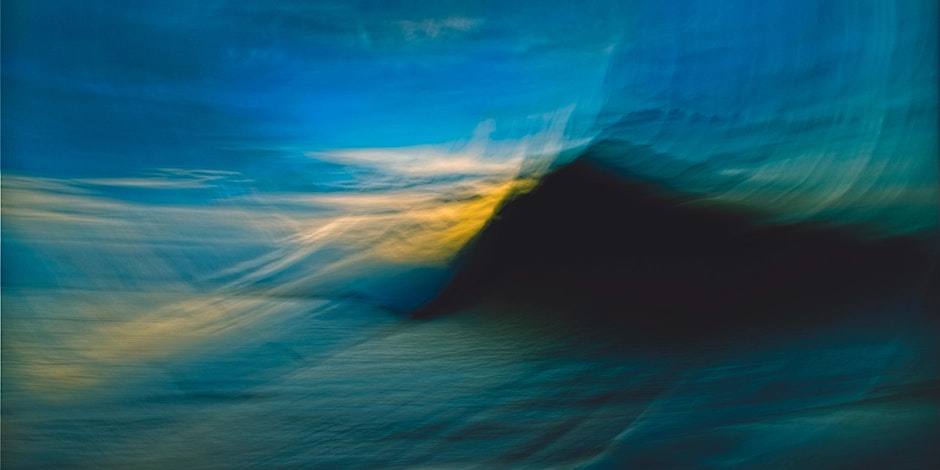



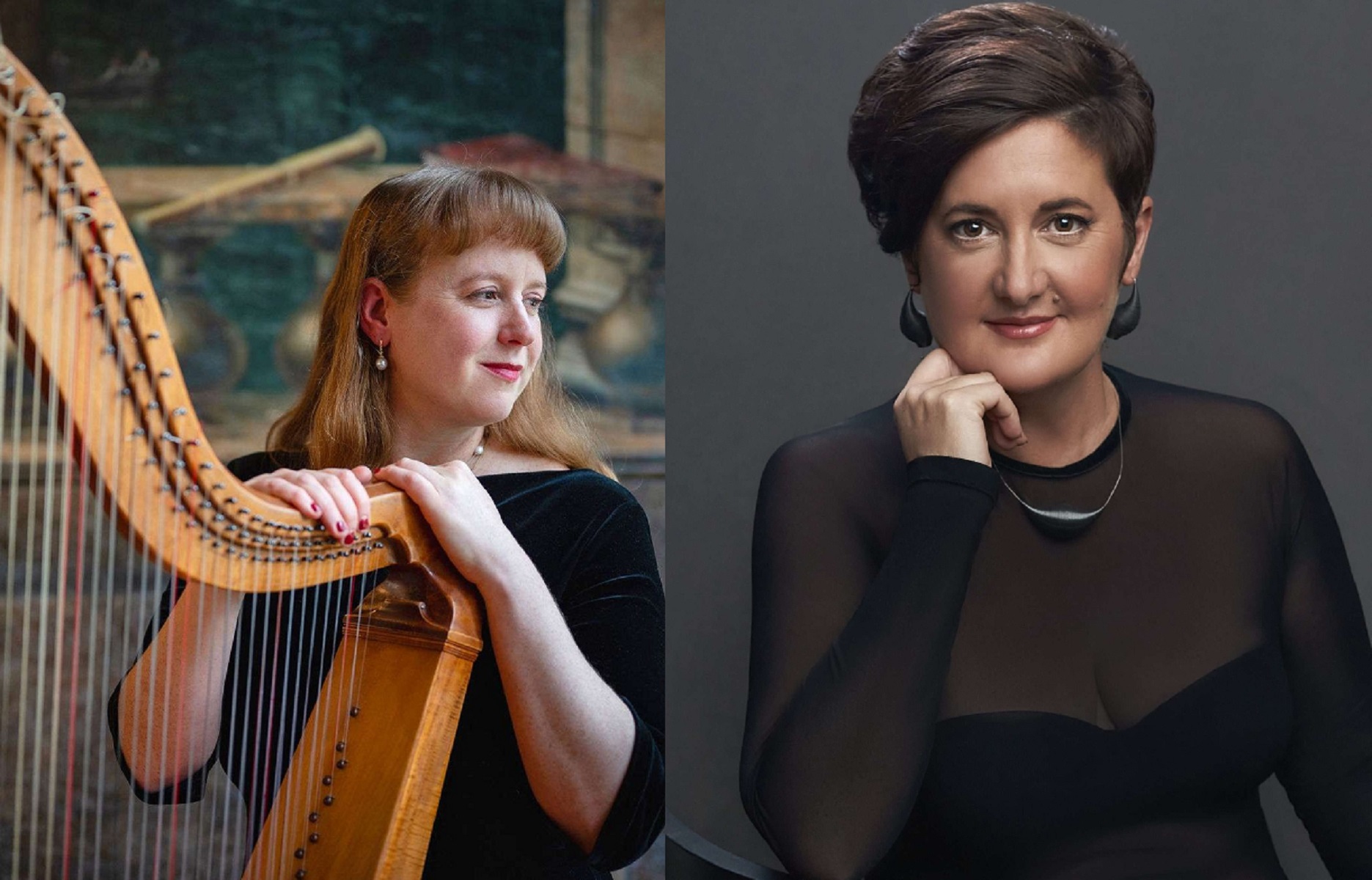
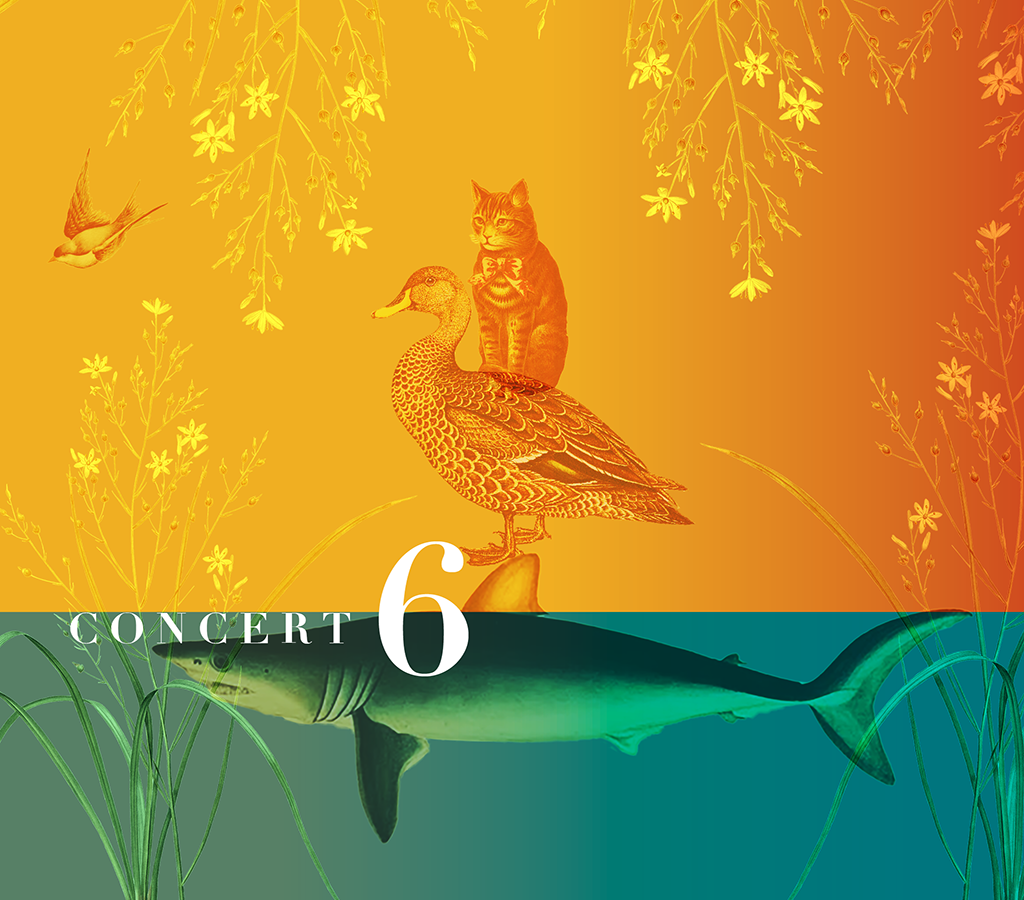

![user222 mrc mostlymozart [splendour of vienna] user222 mrc mostlymozart [splendour of vienna]](https://cdn-classikon.b-cdn.net/wp-content/uploads/2024/02/user222-mrc_mostlymozart_splendour_of_vienna.png)

